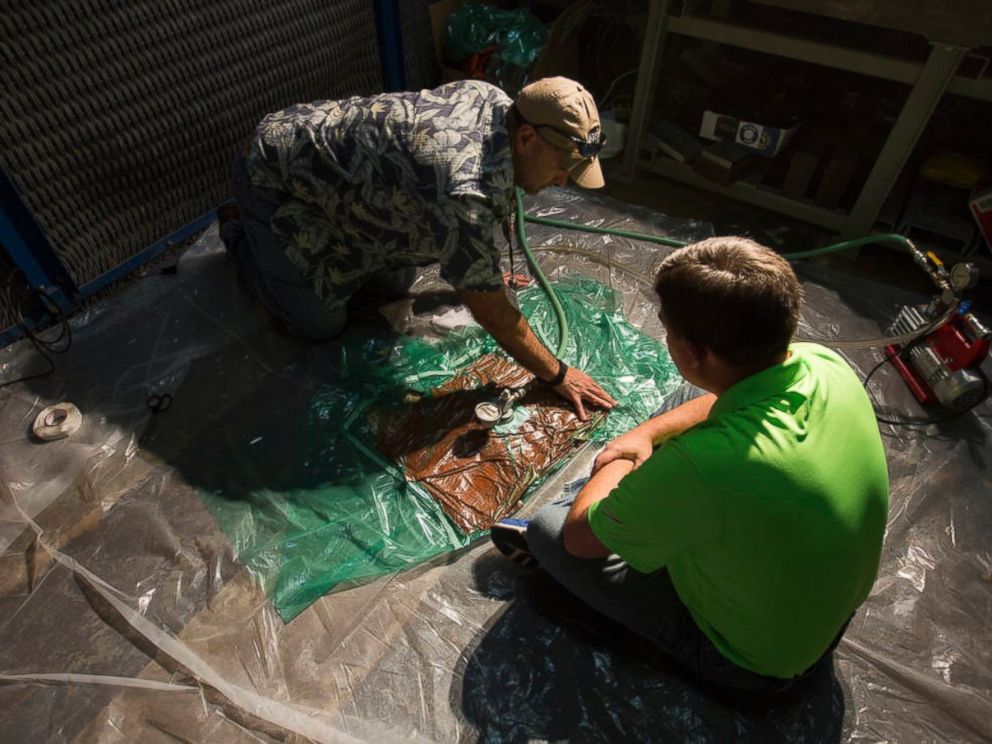NASA Tests Crucial Heat Shield Technology for Future Mars Mission
Spacecraft will need to be slowed down as it enters atmosphere of other planets.
— -- NASA's solution for helping a manned mission to Mars return safely to Earth looks like a giant inflatable donut, and it will serve as a crucial piece of technology helping to slow down a spacecraft as it enters the Martian atmosphere.
The ability to slow down a spacecraft after it has been traveling at a high velocity required for a long-haul mission will help protect it from the heat of atmospheric entry and provide a softer landing, according to NASA. While a mission to Mars isn't being targeted until the 2030s, NASA said with today's technology it would take about eight months to travel to the Red Planet.
The Hypersonic Inflatable Aerodynamic Decelerator -- or HIAD for short -- is being tested by engineers at NASA’s Langley Research Center in Virginia. The inflatable orange ring works like a parachute, using the drag of a planet's atmosphere to slow down a spacecraft, protecting it from the intense atmospheric heat and also allowing it to have a softer landing.

A 9-foot diameter HIAD model made of Zylon and Teflon materials was tested using a vacuum pump, with engineers repeatedly checking it for potential damage, according to a NASA blog post. With that test successful, engineers now plan to create a larger HIAD that can be packed in a rocket and withstand extreme temperatures, such as those it may encounter when a spacecraft descends onto Mars.
“All these tests build on each other to help demonstrate the performance of the system, and in the end, we’ll have a complete system that will be tested to show that it can meet the requirements for a space flight mission whether it’s going to be returning a vehicle to Earth or future Mars missions," Keith Johnson, a lead engineer for the project said, according to NASA.
While we may be decades away from sending a human crew to Mars, NASA said the technology could also be used to help deliver and retrieve heavy cargo from the International Space Station.




